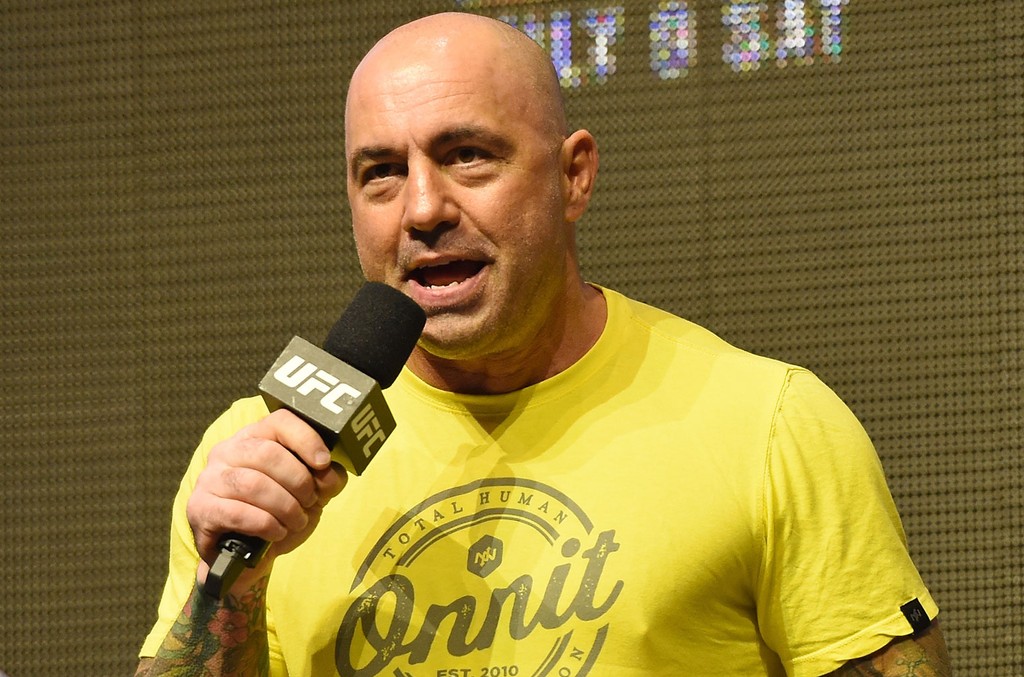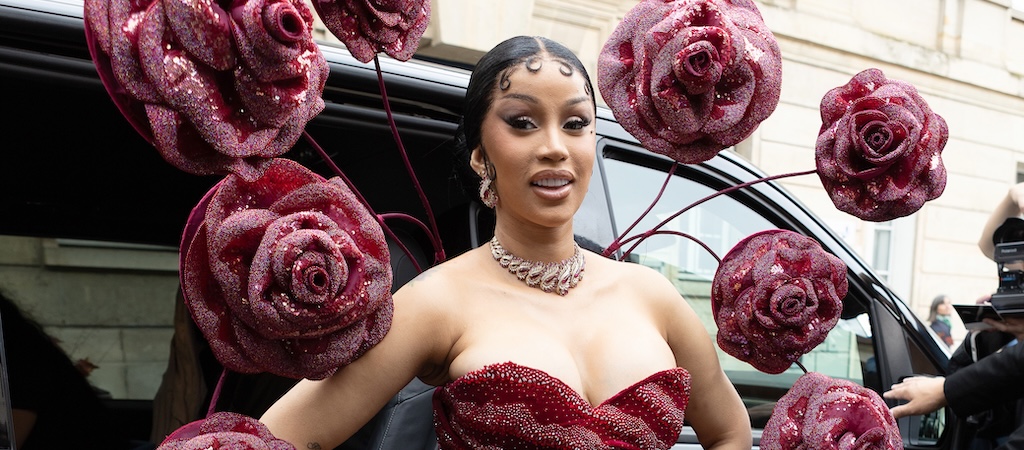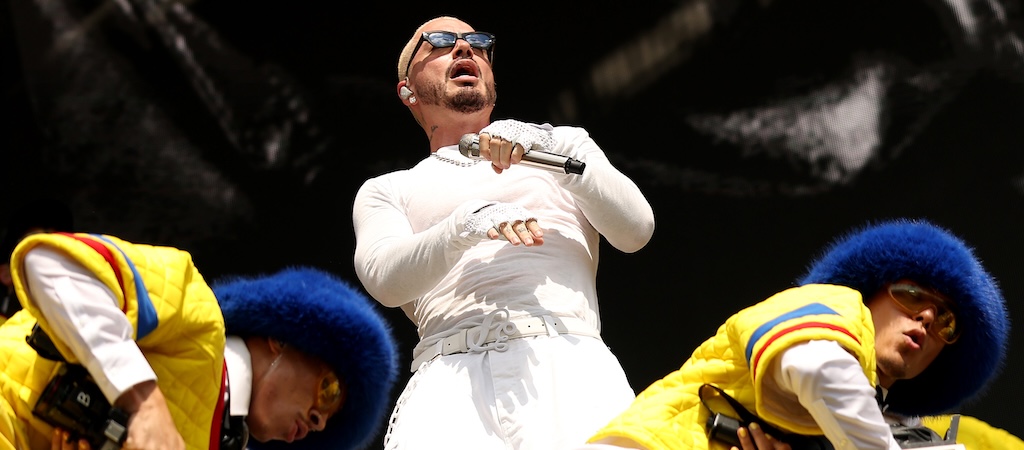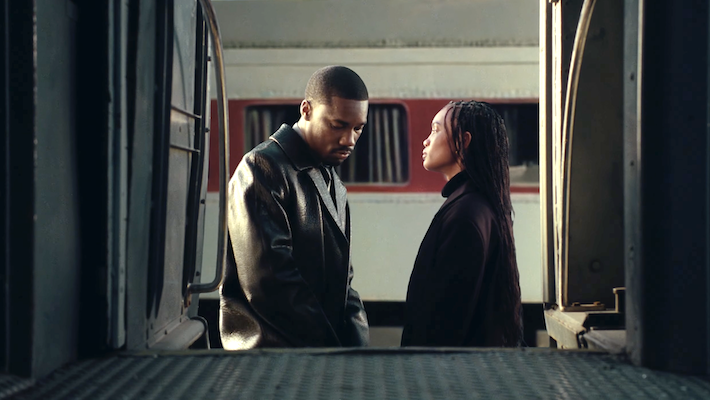Here’s how many news subscribers Spotify needs for its $100 million Rogan deal to turn a profit.
Podcasting has become an arms race as major streaming and broadcast companies acquire companies and launch partnerships with celebrities for original programming. In the last month, iHeartRadio, through a deal with WarnerMedia, and SiriusXM, through its acquisition of podcast app Stitcher, have attempted to keep pace with the leader of the pack, Spotify.
Amidst a flurry of dealmaking for original content was Spotify’s exclusive deal with Joe Rogan’s widely popular podcast, The Joe Rogan Experience. Obviously, Spotify wants JRE, launched in December 2009, because it’s one of — if not the — most popular podcasts in the U.S. and a handful of other countries. (JRE is currently No. 2 on Chartable’s list of Apple podcasts in the U.S. and No. 1 on Stitcher’s list of top podcasts.) The streaming giant paid handsomely, a reported $100 million for a multi-year licensing agreement for a global exclusive.
Key takeaways
1. Spotify’s licensing deal with the Joe Rogan Experience podcast for a reported $100 million can pay for itself by attracting fewer than 2 million subscribers.
2. Record labels and music publishers benefit when podcasts help attract and retain subscribers.
3. Los Angeles-based Rogan already has an audience outside of the U.S. But Spotify can use its global presence to help Rogan gain international fans.
At first blush, nine figures seems like a ridiculous sum for a single podcast without ownership. But $100 million isn’t obscene for a fast-growing company that had about $7.4 billion of revenue last year and expects between $8.4 billion and $8.8 billion this year.
By Billboard’s rough estimate, the Rogan deal pays off if he — and he alone — attracts 1.2 million to 1.7 million subscribers with a low churn rate, high ARPU (average revenue per user) and average gross margin. (Of course, Spotify must accurately isolate Rogan’s effect on its already-strong growth.) This isn’t a move to generate more advertising (see below); this is — or should be — an effort to gain loyal customers. Spotify need not change its primary goals of getting more subscribers and reducing churn.
The Rogan deal represents a non-threatening power shift for music companies. Any new subscriber Rogan — or Michelle Obama, who announced her first Spotify podcast on Thursday, (July 16) — attracts will result in incremental royalties for music rights holders. As music subscription services use podcasts to morph into audio companies, some fraction of record labels’ and music publishers’ growth will depend on podcasts’ ability to lure and retain subscribers. And although music may play a smaller part in these platforms’ successes, each new subscriber will pay into the growing pool of royalties owed to labels and publishers.
Spotify’s ARPU for all markets was about $4.80 in the first quarter — but that includes countries with prices lower than in the U.S. ($9.99) and other English-speaking, high-ARPU markets such as the U.K. ($12.46), Australia ($8.27) and Canada ($7.51). As for churn, Spotify last revealed this key metric in its 2017 S-1 filing: 5.1% in the fourth quarter of 2017 and improving. It’s safe to assume churn has gone down since then — SiriusXM’s 1.8% monthly churn rate is a fair comparison if Rogan keeps his listeners loyal. And 25% is a fair gross margin percentage.
The break-even point swings from side to side as variables change. A lower churn rate reduces the break-even point because the average subscriber stays longer. With better margins, Rogan has a lower break-even point because Spotify keeps more of the revenue it shares with rights holders. And a higher ARPU means more revenue per subscriber — keeping churn rate and gross margin constant — and a lower break-even point. Rogan proves his worth if he can reduce churn and attract subscribers with relatively high ARPUs; he will have a negligible effect on margins.
Keep three things in mind when thinking about the JRE licensing agreement:
1. Spotify has licensed, not purchased, The Joe Rogan Experience. A company spokesperson confirmed with Billboard that Spotify neither made an investment or acquired the podcast (but declined to reveal the length of the contract). Spotify’s push into advertising has already given it original content through acquisitions of some major podcast publishers, such as The Ringer and Gimlet, and original podcasts with Michele Obama, Kim Kardashian and DC Comics. With Rogan, Spotify appears to be taking a hands-off approach. “They literally said, ‘We don’t want to do anything. We want you to just do what you’re doing,’” Rogan said on his June 12, 2020, podcast.
2. The Rogan deal is not a podcast advertising play. A company spokesperson tells Billboard that Spotify is not selling and receiving Rogan’s advertising — Rogan reads advertisements for the first five to 10 minutes of each episode. “Beginning in September, Spotify will sell JRE ad inventory in partnership with [Rogan’s marketing agency] PMM, who has a long track record of representing the podcast’s inventory,” a Spotify spokesperson told Billboard in a statement. In addition, the spokesperson explained that Spotify sells very little advertising outside of its owned episodes. So, it’s a stretch to say Rogan is an advertising play since Spotify is working on commission. Rather, Rogan is far more valuable for subscriber acquisition.
3. Rogan’s exclusive deal includes video. A Spotify spokesperson confirmed to Billboard that the exclusive deal includes both video and audio. Rogan’s conversations are videotaped and uploaded to his YouTube channel — and get impressive numbers. Rogan’s podcasts are meandering conversations that typically run two to three hours — demanding even by podcast standards. So Rogan’s team grabs digestible bites of interviews for his YouTube channel. Take the podcast with comedian Bill Burr on June 12: A 15-minute segment during which Rogan talks about his relationship with Spotify was viewed 1.7 million times in fewer than five weeks; the full, three-hour video was streamed 9 million times. Exclusive rights to both audio and video clips make Rogan’s content more valuable than an audio-only deal. Spotify tried — and failed — with original video programming a few years ago. Rogan would be an appropriate name brand for a second attempt.
There’s one additional — and overlooked — factor that will influence the Rogan deal’s success:
Joe Rogan is known outside of the U.S. Today, JRE is already popular outside of the U.S.: Chartable currently lists JRE at No. 1 for Apple in Canada, No. 4 in Great Britain and No. 2 in Australia. The show also has potential in countries where English is not the primary language. JRE is currently No. 49 in Austria, No. 59 in Germany, No. 106 in Japan and No. 149 in Russia. His interviews — more like conversations — cover everything from mixed martial arts to theoretical physics to comedy.
Ultimately, Spotify has wagered that podcasts can make a streaming platform more valuable to consumers. If Rogan or another podcaster is worth a couple million subscribers, $100 million for a global exclusive isn’t a bad bet.



